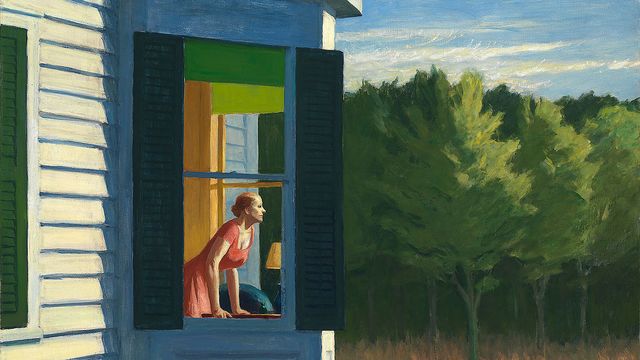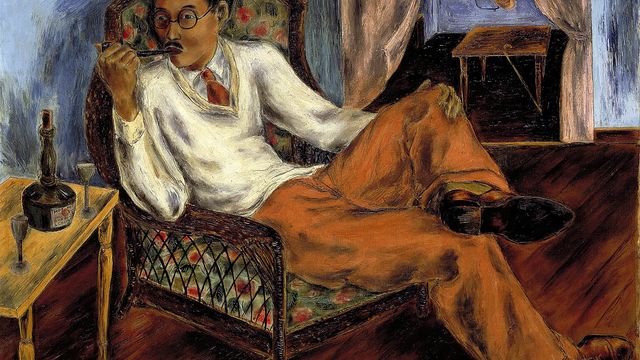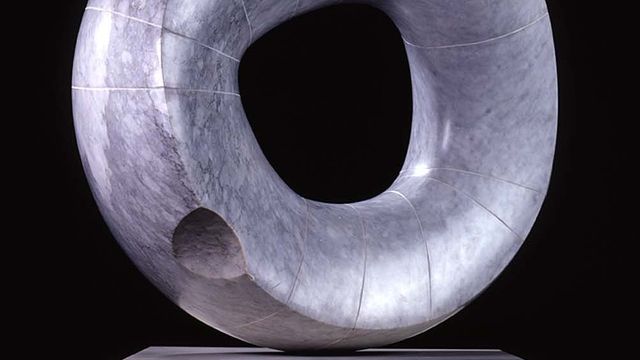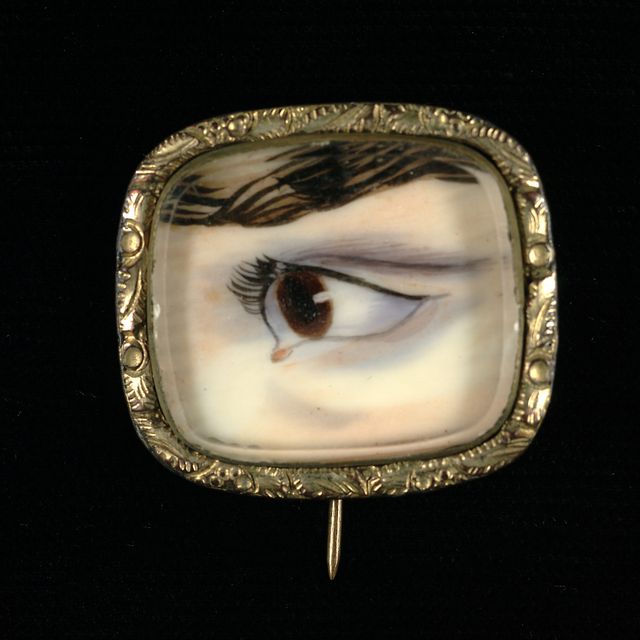Artwork Details
- Title
- Megatron/Matrix
- Artist
- Date
- 1995
- Location
- Not on view
- Dimensions
- approx. 132 x 396 x 48 in. (335.3 x 1005.8 x 121.9 cm)
- Credit Line
- Museum purchase made possible by Mr. and Mrs. Barney A. Ebsworth, Nelson C. White, and the Luisita L. and Franz H. Denghausen Endowment
- Mediums Description
- eight-channel video installation with custom electronics; color, sound
- Classifications
- Subjects
- Animal — fish
- Figure — fragment — face
- Object — furniture — television
- Object Number
- 1998.86
Artwork Description
Paik sorted the monitors into two distinct sections. The Megatron conveys the vast reach of the media, while the smaller section, the Matrix, emphasizes the impact on each of us. In Matrix, Paik arranged the monitors so that the images seem to spiral inward around a lone screen showing two partially nude women. He may be suggesting that our bodies are our primal connection to the world, but the effect on the viewer is of being assaulted by "too much information."
In the early 1960s, Paik began incorporating televisions into his collaborative performance pieces with American dancers, musicians, and artists. Today, the fusion of pop music, commercial culture, and nationalist symbols captures Paik's story and that of millions around the world. Paik's prophetic awareness of the power of television has been borne out in our "plugged-in" age, when any kind of art or entertainment is available on our screens all the time.
Exhibition Label, Smithsonian American Art Museum, 2006













